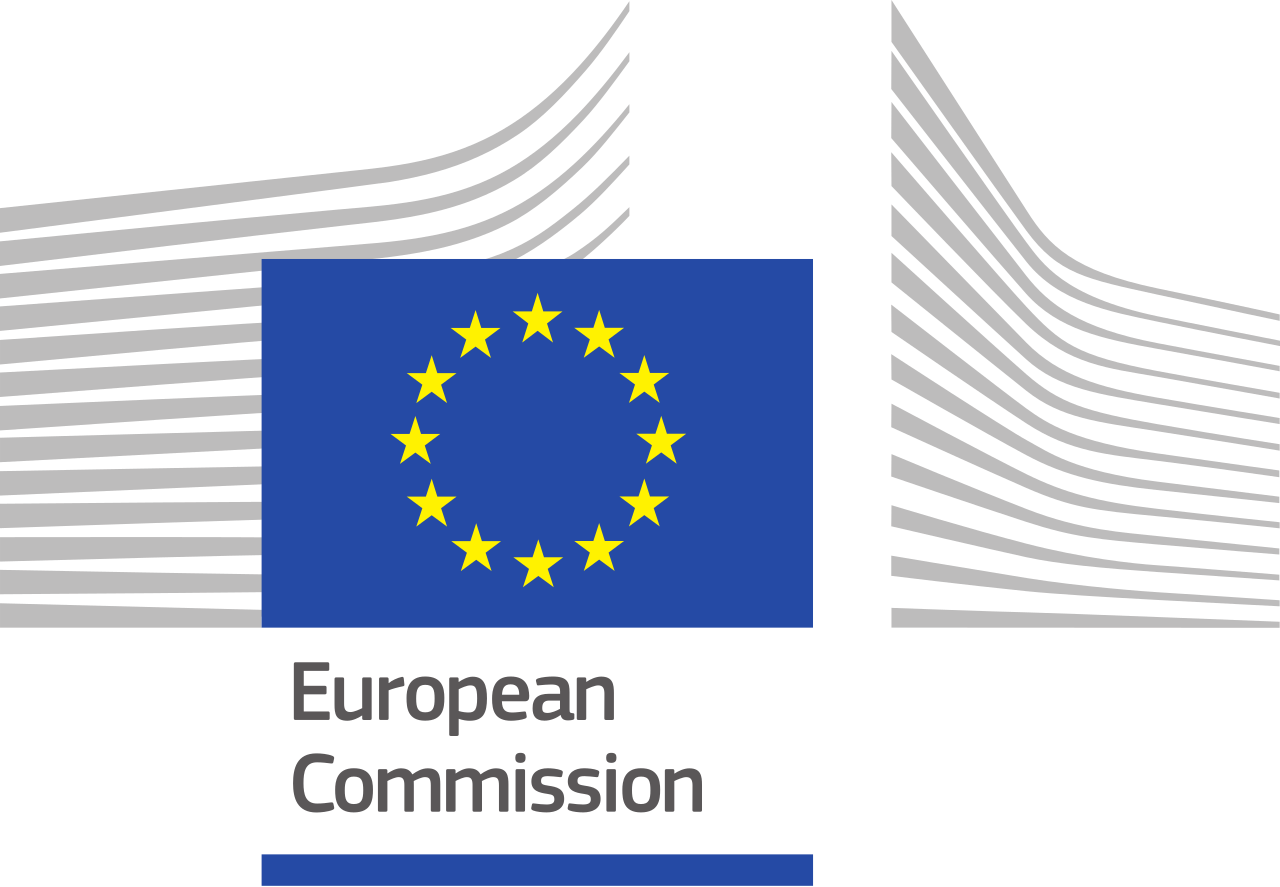Intro
The achievement of the Energy Union objectives and targets is ensured through a combination of EU initiatives and national policies. These, including adaptation goals, are set out in the integrated national energy and climate plans (NECP), contributing to all dimensions of the Energy Union.
The Decarbonisation – Adaptation dashboard showcases country specific information reported per EU Member State on adaptation goals in NECPs and information on adaptation which may affect the delivery of Energy Union objectives and targets and the long-term Union greenhouse gas emission reduction commitments under the Paris Agreement.
About Decarbonisation – Adaptation progress reporting
In 2025, EU Member States reported for the second time on the status of the implementation of their NECPs, including adaptation goals. Article 17 of the Governance Regulation (2018/1999) defines the conditions for integrated national energy and climate progress reporting (NECPR). The conditions of this biennial progress reporting are further specified in Annex III of the second Commission Implementing Regulation (2022/2299).
What the data are telling us
- EU Member States reported on the direct impacts of climate change through extreme weather events and the interaction with energy demand and supply system. Under potential future impacts, changes in frequency and intensity of extreme weather events like heat waves (hot spells), droughts, stronger storms, as well as an increased amount of precipitation, are reported.
- The reported hazards seem to be in line with those hazards reported under Article 19 of the Governance Regulation on national adaptation actions. However, due to the different reporting structure a direct comparison cannot be made.
- Strategic and overarching national adaptation goals and sector specific adaptation goals are almost equally reported. They address either climate resilience, the urge to adapt economy, society and environment to the adverse effects of climate change, or outline action for affected sectors such as agriculture, buildings, forestry, energy, infrastructure and transport.
- In most EU Member States, monitoring and evaluation frameworks for measuring progress of implementation towards meeting the adaptation goals are under development or are recently implemented. If operational, these frameworks are mostly structured around adaptation measures outlined in national adaptation strategies or plans, or follow an indicator-based approach, and might not consider synergies with the Energy Union dimensions.
- A few EU Member States highlighted the principles of adaptation in their reports: the importance of addressing synergies between climate change mitigation and adaptation, avoiding insufficient adaptation action, or maladaptation and the role of prevention.
More resources on European climate change adaptation policies
In 2025, EU Member States were mandated for the third time to report their national adaptation actions under Article 19 of the Governance Regulation and in line with the requirements of the first Commission Implementing Regulation (2020/1208). The Climate-ADAPT country profiles showcase comprehensive information on the current status of national adaptation actions reported. A selection of information is presented for each country along with a link to the public submission of the reporting, where all information and additional files submitted are available.
Additional information on the EU Member States climate change adaptation policies is available via our reports (see briefings and report tabs) and via the Climate ADAPT country profiles.
Briefings
From adaptation planning to action: Insights into progress and challenges across Europe
Is Europe on track towards climate resilience? Status of reported national adaptation actions in 2023
Reports
Advancing towards climate resilience in Europe: status of reported national adaptation actions in 2021

